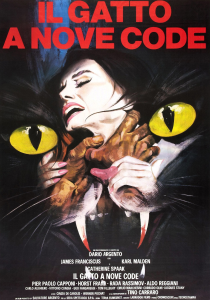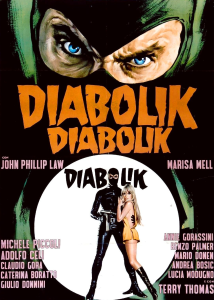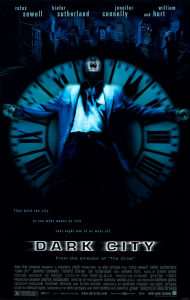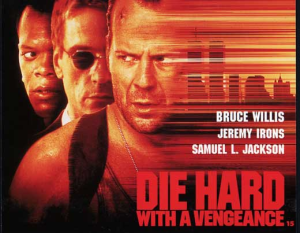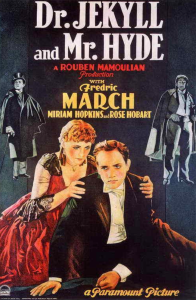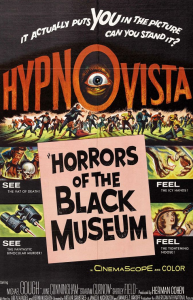The Dark Knight has starred in over a dozen theatrical films – plus a string of direct-to-video projects – and, in fact, his filmography has become a fascinating object in its own right. Not only are there extremely disparate takes on the character, but there’s also a schizophrenic intertextual conversation developing ever since 1966’s Batman: The Movie’s opening dedication ‘to lovers of adventure, lovers of pure escapism, lovers of the unadulterated entertainment, lovers of the ridiculous and bizarre… to the fun lovers everywhere.’
Several films have made a point of forcefully distancing themselves from this campy, lighthearted spirit – materialized in the Caped Crusader’s infamous can of shark repellent spray – by injecting viciously dark, adult content into their stories about a bat-clad superhero who frequently fights a clown (besides the films directed by Tim Burton, Christopher Nolan, Zack Snyder, and Todd Phillips, it’s the case of many animated pictures). In turn, productions primarily aimed at kids have specialized in mocking those ‘grown-up’ films, with the likes of Return of the Caped Crusaders and The Lego Batman Movie directly poking fun at the very notion of a ‘serious’ take on this material. And then, of course, there is Takashi Okazaki’s and Junpei Mizusaki’s Batman Ninja, which totally plays by its own rules…
Still, nothing’s beats the Joker’s vision:

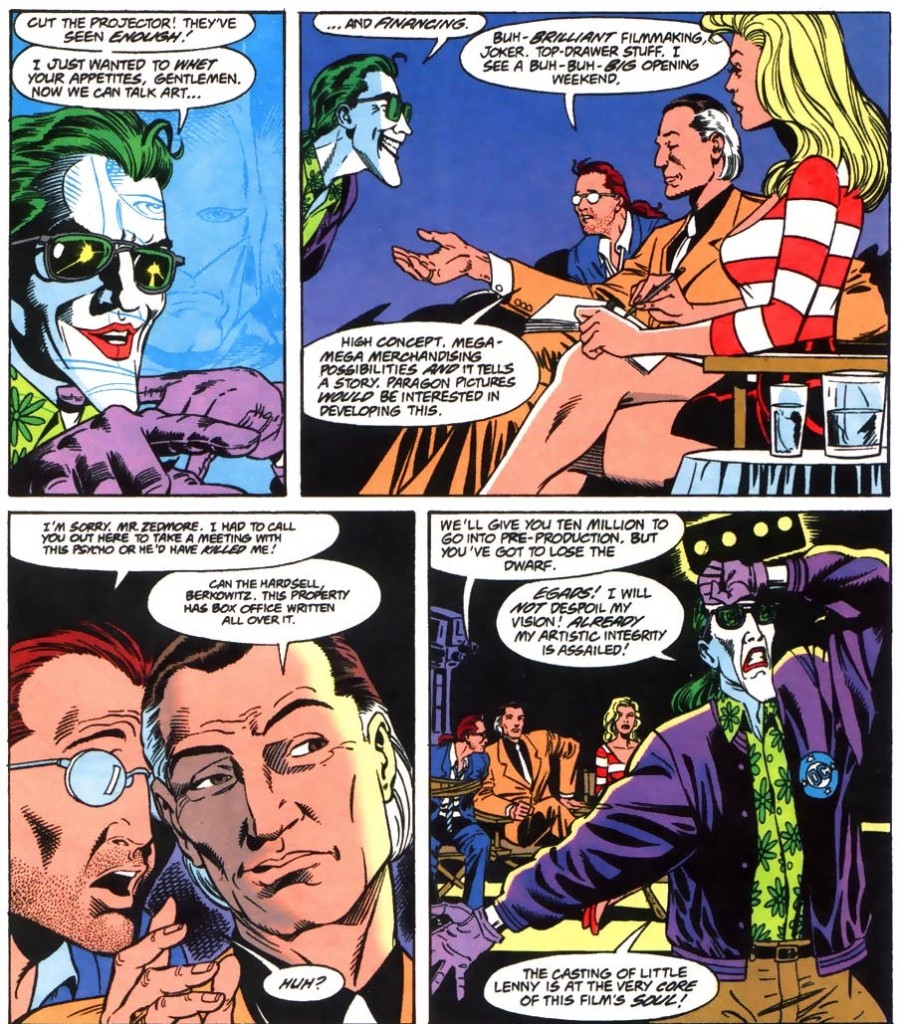 Detective Comics #671
Detective Comics #671
Early on in this blog, almost six years ago, I had a stab at a diverse list of films that could appeal to fans of the Caped Crusader. These were movies without a Batman, but which kind of seemed to take place in his corner of the DCU. At the time, I was trying to prove fans didn’t have to settle for Batman v Superman: Dawn of Justice. Well, now we’ve got that film’s proper sequel in the form of Zack Snyder’s much hyped cut of Justice League – a stylish, if bloated, epic whose praise tends to rely on skewed comparisons (not as stupid as Snyder’s Batman v Superman, not as forgettable as Whedon’s Justice League) and whose main entertainment value is actually watching the unleashed director indulge in his eccentricities without any sense of restraint (from the emo music video with slow-motion CGI raindrops dripping from Aquaman’s beard to Batman’s baffling, lengthy conversation with the Joker about the horrible deaths of characters who were not in the movie). So, I’ve decided to come up with another dozen suggestions to add to the list.
Once again, the idea was to pick relatively loose connections that reflected the many sensibilities in Batman’s various eras. While these films aren’t all necessarily the highest peaks of the art form, they can serve to scratch an itch or two when you’re in a Dark Knight-ish type of mood…
Dario Argento’s The Cat o’ Nine Tails has less in common with the director’s better known – and much more aesthetically impressive – giallo flicks than with Alfred Hitchcock’s brand of clever suspense… and, I would argue, with a certain type of Bronze Age-era approach to the Caped Crusader, back when Batman regularly starred in a bunch of delightfully convoluted detective stories (often written by Frank Robbins). After all, this hypnotic thriller features not only a labyrinthic whodunit and some elaborate grisly murders, but also a particularly memorable action climax which I can totally imagine in a comic.
What if the Dark Knight was a super-criminal/anarchist rather than a superhero? That would be Mark Millar’s and Steve McNiven’s Nemesis, right? And what if you took the silliness and visual flair of Gardner Fox’s & Carmine Infantino’s comics and put it in the service of a kinky kitsch comedy full of trippy colors and astonishing set design? That would be Batman ’66 (or, if taken even further, Joel Schumacher’s Batman & Robin), right? And what if you packed action scenes with highly kinetic chases and gizmos that create illusions to throw pursuers off of cliffs? I guess that would be a Road Runner cartoon, right? But what if you blended all of this into a lavish production that oozes style from every pore, boasts an ultra-catchy soundtrack, and features a scene in which the ‘hero’ has sex wrapped up in stolen bank notes?
In 1968, Mario Bava (another Italian cult director!) beat the Americans to the punch in terms of pulling off something that truly *looks* like a superhero comic brought to life. It’s hardly a masterpiece in terms of plot, and it’s probably too sleazy for some people’s tastes (it’s based on an Italian comic, after all), but since the protagonist wears a ninja-like black mask and his headquarters are in a massive sci-fi cave underneath a fancy house, I’d say Batman fans owe it to themselves to check out this curio. Hell, there is even a bit involving laughing gas, shortly followed by a scene where a Poison Ivy-lookalike hands out weed to a bunch of hippies at a party!
As a whole, the plot of Alex Proyas’ geek-favorite slice of surrealist science fiction has little in common with Batman’s usual tales, even if there are a number of works in which Bruce Wayne – much like Rufus Sewell’s protagonist – wakes up to a severe identity crisis, not really sure he can trust his scrambled memories. Story aside, Dark City’s setting – as the title suggests – has a striking visual resemblance to Gotham and, indeed, the film’s aesthetics often feel close to nightmarish illustrations by the likes of Jae Lee or Kelley Jones. I’m not taking a big leap here, as the comic book influence is pretty clear, from the cartoony characterization down to the superhero-ish climax (sure enough, the script was co-written by David S. Goyer). That said, the main sources are cinematic: after a very noirish opening, the main inspiration becomes 1920s’ German expressionism, to the point where much of it feels like a futuristic reimagining of The Cabinet of Dr. Caligari (which is also a key reference for the tone of many a Batman yarn).
(By the way, I recommend the 2008 Director’s Cut.)
This stone-cold classic perfectly closes the original Die Hard trilogy (in fact, this would’ve been a perfect ending to the whole franchise, as it’s been all downhill since then). After a skyscraper and an airport, it is now a whole city that becomes the setting for a game of cat and mouse between John McClane and a bunch of terrorists, but the movie does more than merely recycle the old formula… Rather than pushing the coincidence of McClane accidentally finding himself in yet another similar situation, this time around the baddie is deliberately going after him. And rather than disregarding the post-Rodney King conversation by telling one more heroic cop story, Die Hard with a Vengeance faced the issue head-on, with racial tension shaping almost every key moment in the film. Moreover, rather than having McClane be the only competent guy around (a flaw in the first sequel, I think, since the appeal of the original Die Hard was that he was a more-or-less ordinary Joe in an extraordinary situation), here he gets partnered with a resourceful – and funny – companion, making this basically a buddy movie. In turn, from a casting perspective, Bruce Willis is joined by an equally charismatic actor, Samuel L. Jackson, making DHwaV one of three cinematic masterpieces where both of them show up, along with Pulp Fiction and Unbreakable (if you’re feeling generous, you can add the spoof Loaded Weapon 1, where Willis has a cameo as McClane!).
Anyway, Jeremy Irons’ ‘Simon Says’ villain is pretty much a Batman rogue, sending out clues (in the form of riddles) about his heist while setting up challenges for the heroes all over New York/Gotham City… Hell, he even leaves the duo in a deathtrap near the end! Plus, the puzzle-like script and John McTiernan’s muscular direction were no doubt a major inspiration for Nolan’s The Dark Knight and The Dark Knight Rises.
Robert Louis Stevenson’s novella The Strange Case of Dr Jekyll and Mr Hyde is a foundational text for the Dark Knight mythos, with its gothic take on the duality of human souls informing both Bruce Wayne/Batman and many of his foes, most notably Harvey Dent/Two-Face (although the scientist experimenting on himself with monstrous results also brings to mind the likes of Kirk Langstrom/Man-Bat). Among the various filmed adaptations, my favorite one remains Rouben Mamoulian’s perverse piece of horror, not least because of the fascinating sexual overtones (the movie came out in 1931, before Hollywood censors started strictly enforcing the Hays Code), which make this version of Hyde as disturbing, in its own way, as the one in Alan Moore’s and Kevin O’Neil’s The League of Extraordinary Gentlemen. There are visual connections as well, what with the extensive POV sequences (to which Gene Colan paid homage decades later), the split screens (not unlike comic book panels), the expressionistic cinematography (whose shots could’ve fit into the pages of any Batman: Black & White issue), and Hyde’s Joker-like grin and demeanor.
(Terence Fisher’s The Two Faces of Dr. Jekyll is pretty twisted as well, but it’s not nearly as Gotham-y…)
We’ll wrap up this week with another movie about a Batman villain without a Batman, albeit much more low-key than Die Hard with a Vengeance or even Dr. Jekyll and Mr. Hyde… There is a lot to like in Arthur Crabtree’s macabre thriller about a serial killer with a theatrical personality – complete with a lair and everything – who resorts to quirky contraptions to murder each victim in shockingly gory ways. Yet it’s also fun to imagine how things would’ve worked out if the killing spree had taken place in Gotham City and was illustrated by Jim Aparo (especially the climax at the fair).

